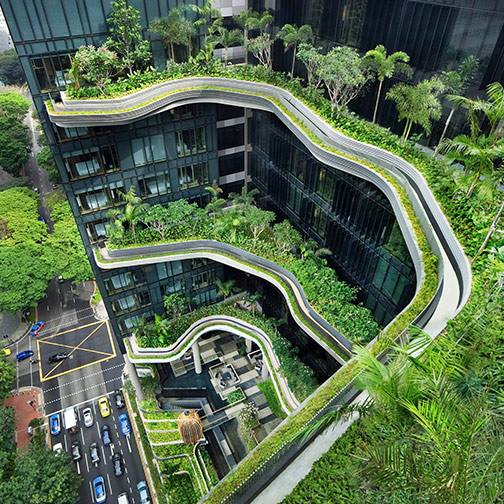Biofilm; which means ‘love for living and living systems’ is an understanding that recently has become very important for the architects.
The main objective of the biofilm design is to produce hospitals where people can heal faster, schools where children will be more successful, and offices where employees will be more productive. In other words, the creative design of the places we live, work and educate, will produce happy communities. Although green architects are at the forefront of minimizing the negative effects of buildings on the environment, biophilic design aims to close this shortcoming with its integrity. The basic philosophy of this design is based on learning from nature, protecting natural elements, repairing and recovering damaged and lost values.
Individuals can feel themselves in the natural environment
Environmentally friendly interior designs, documented by design experts Bill Finnegan and Stephen Kellert, “Biomedical Design: The Architecture of Life,” indicate that people can positively impact nature, even when they are at work. It is even pointed out that the buildings and habitats that have biophilic design bring people closer to nature. According to Finnegan, who defines biophilic design as ‘a concept of how nature affects man’, buildings using biophilic elements bring the person closer to nature. Basic elements of biofilm design include natural ventilation, natural lighting, natural processes or forms resembling products and natural landscapes. In this sense, even if people are indoors, they can feel themselves in the natural environment. Examples of this architectural style include the Ronald Reagan Airport in Washington, the Oxford Natural History Museum and the Bank of America Tower in New York.

 Turkish
Turkish



